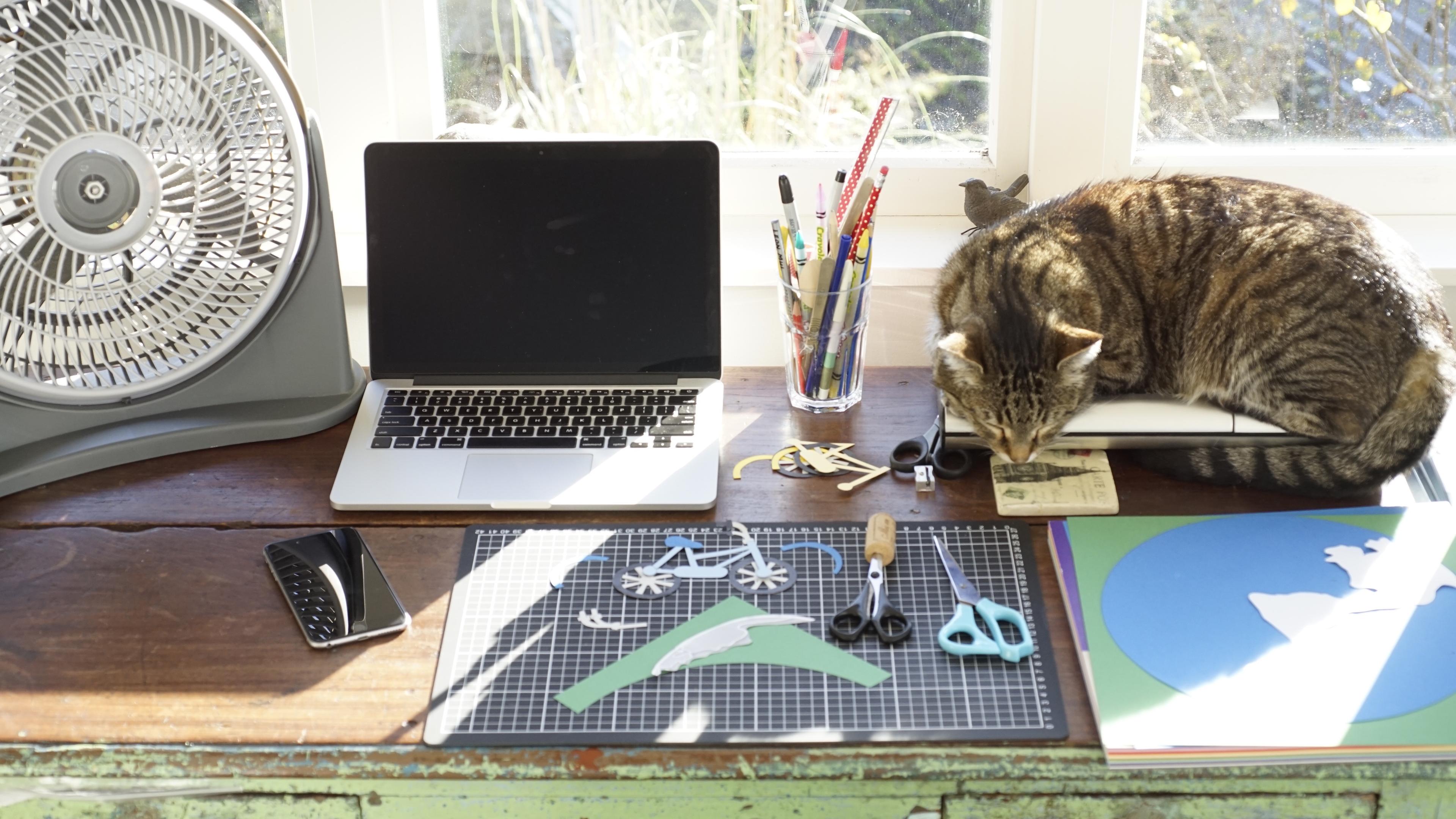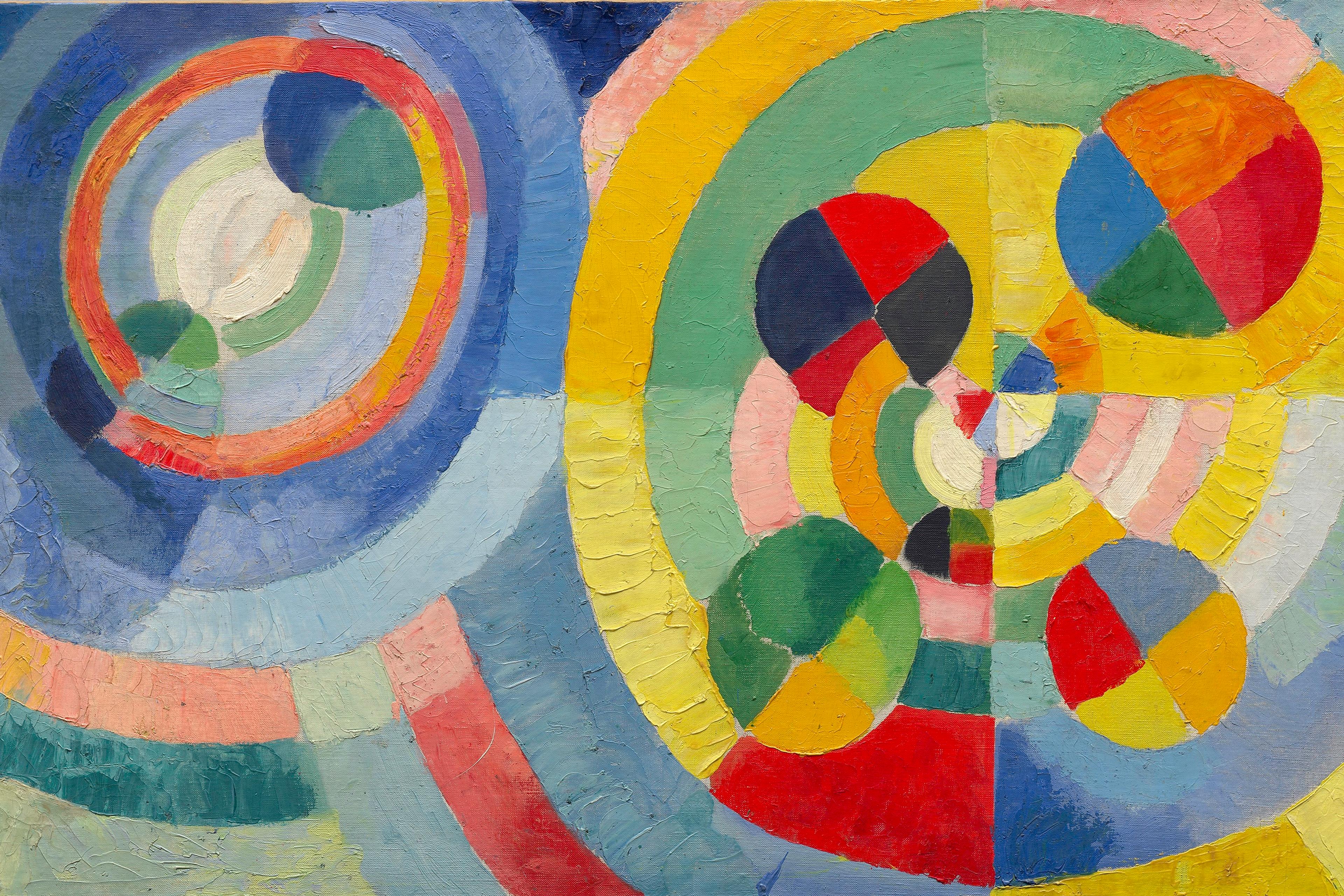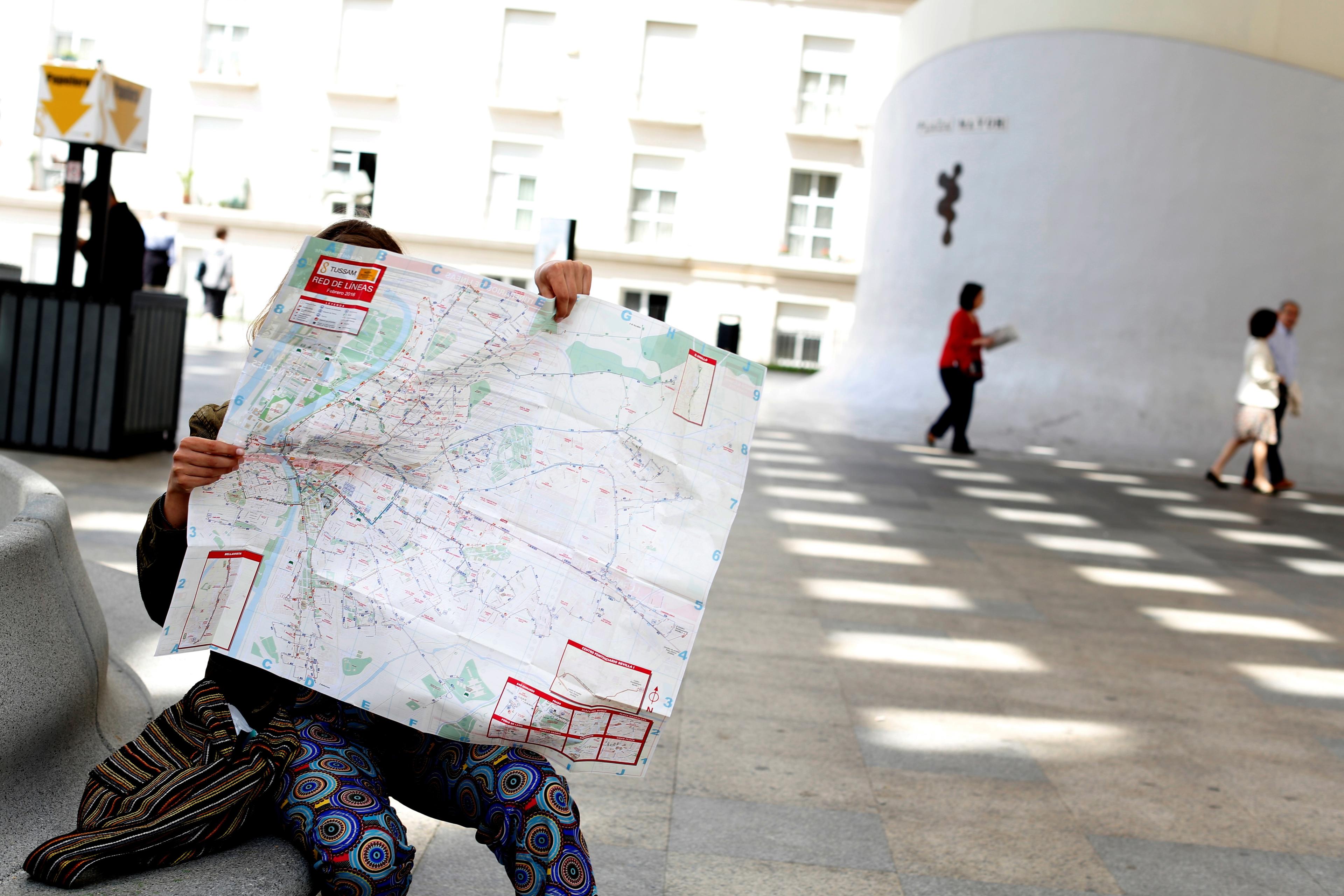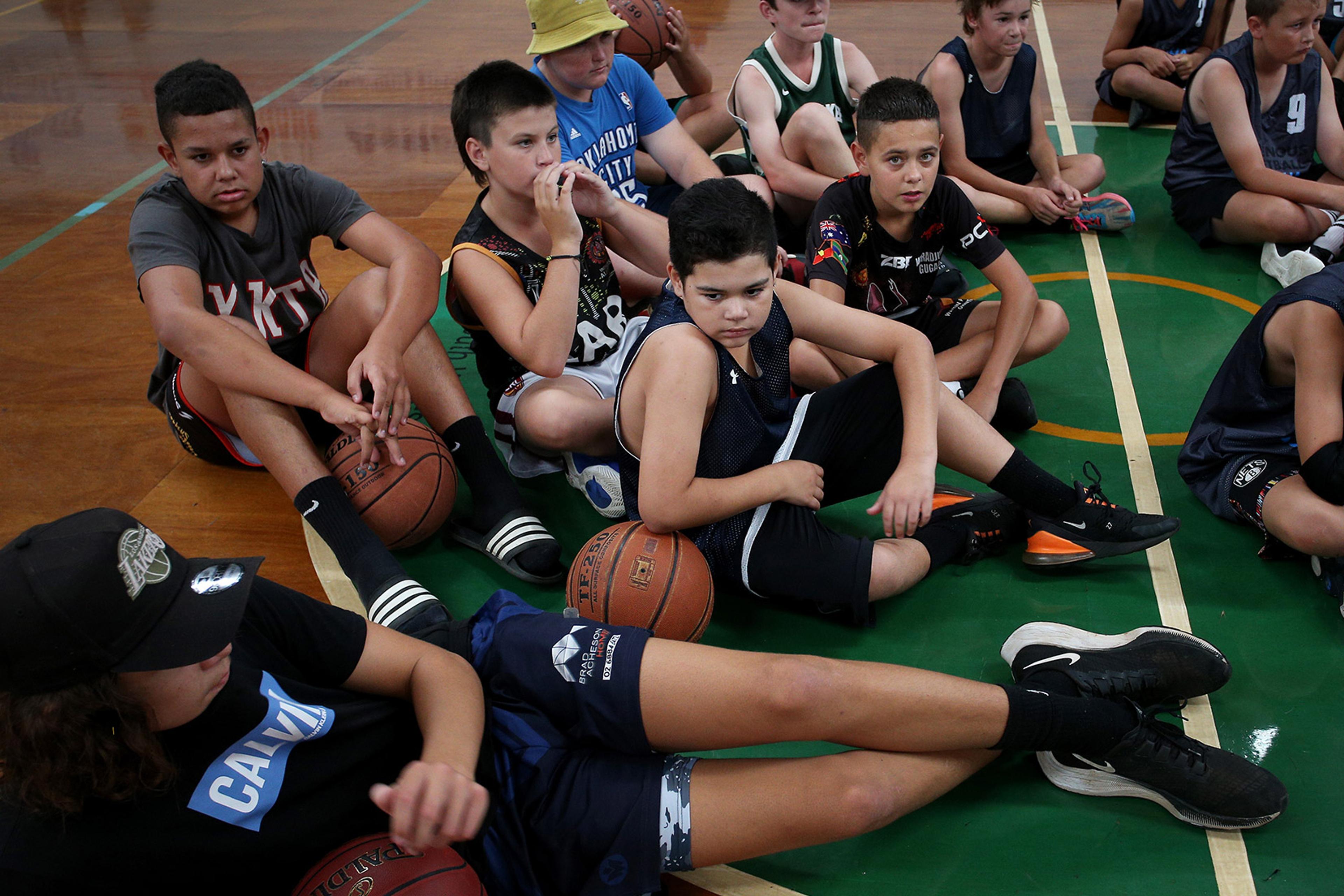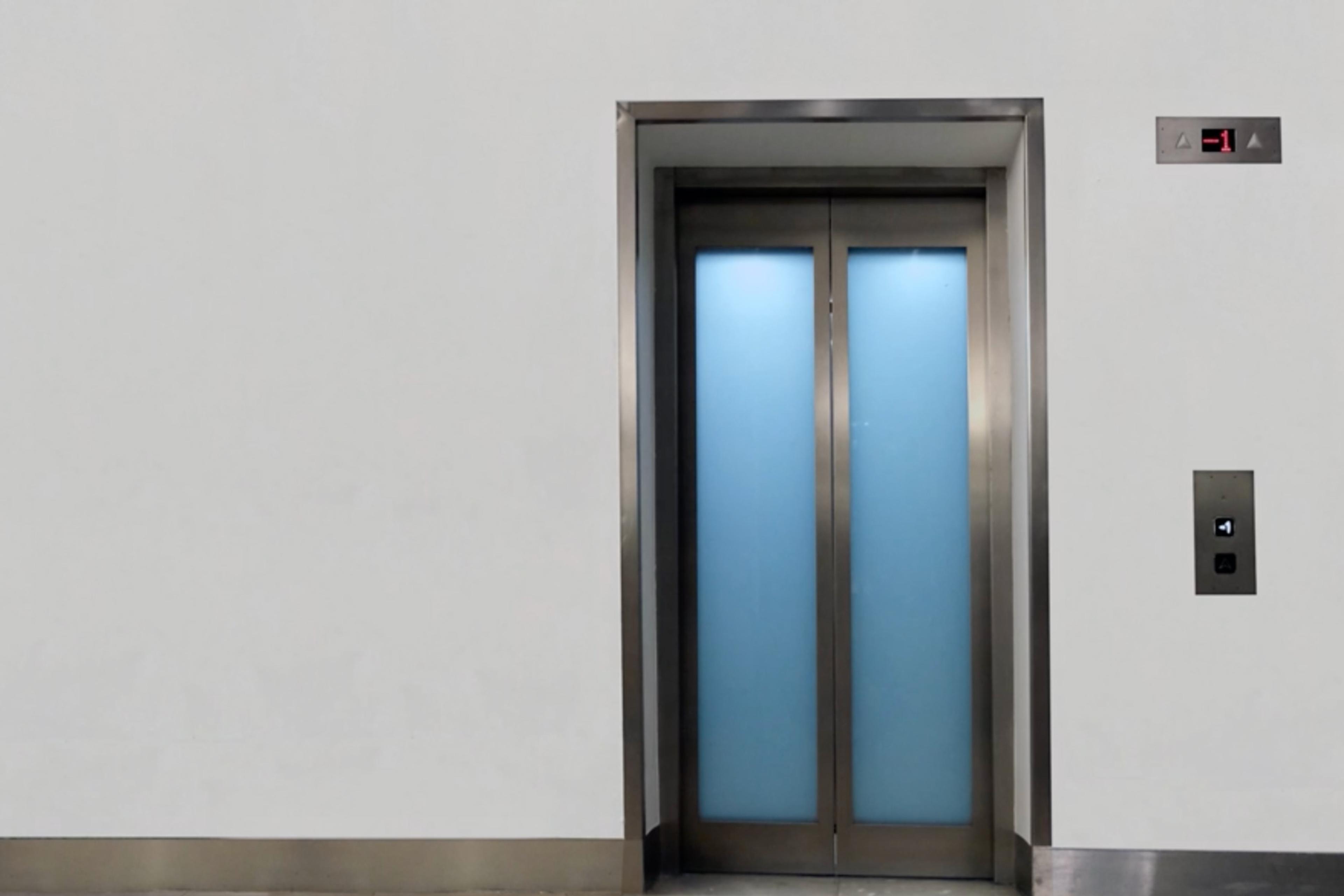It’s late afternoon, and your inbox is overflowing with emails. Imagine that many of them require a reply from you that involves intense concentration: they might be about complex logistics, or summarising sensitive work details to managers. And yet there’s another set you need to answer that is about a work party, an enjoyable event you’re looking forward to. This email task – mainly about choosing a restaurant – is lighter, fun even.
Which set of emails should you tackle first? A recent study in the Journal of Applied Psychology found that when facing difficult tasks – ones that are repetitive and monotonous in nature but still necessitate attention – you can make the experience feel less difficult overall if you deliberately end your work with a set of easier tasks.
The researchers have dubbed it the ‘easy addendum effect’. Even though adding on more tasks to hard ones is, in total, more effort, adding on easier activities was still shown to make the total experience feel less exhausting.
Edward Lai at the Hong Kong Polytechnic University, the first author on the paper, was doing his PhD at Virginia Tech when he started working on this project. Lai says he and the other members of the research team – Julio Sevilla, Mathew Isaac and Rajesh Bagchi – noticed that they all had different but often long and tedious to-do lists that dominated their days.
Collectively, they wondered how they could make their to-do lists feel less daunting, and also feel more satisfied at the end of the day. ‘While some of these tasks were more onerous and difficult, others were easier and enjoyable,’ Lai says. The team realised that they were already naturally separating out difficult tasks from easy ones, and they wondered what might happen if they chose to combine them in a strategic way.
People average out an experience to form a judgment of what was involved
It wasn’t a given that tacking on easy stuff to the end of the day would lead to a positive effect. There are other biases such as the ‘leader-driven’ primacy effect, which describes how people can be affected more by events that happen first than by others that come afterwards. That contrasts with the ‘recency effect’, which is when we better remember or give more weight to final or later events in a sequence. There’s also the ‘peak-end rule’, when people describe an experience based on the most intense part of it, and how they felt at its end-point. For instance, after painful or pleasurable experiences, people tend to remember the height of the experiences.
To examine the easy addendum effect, the researchers asked study participants to do a variety of tasks. One involved physical effort: they asked people to apply a specific amount of pressure to a hand grip, but then to end the challenge by applying a lesser amount of pressure. Another task involved mental effort: participants sorted book titles in alphabetical order, and again there was an easy and a hard version. Finally, the researchers asked their participants to act out a customer service interaction where they had to respond to easy or hard email enquiries from fictitious retail customers. For each activity, the researchers moved around the position of the easier versions of the task, placing them either at the beginning, middle or end; they also had some groups for whom there were no easier tasks at all.
In terms of how people rated the overall difficulty of what they were asked to do, only placing easier tasks at the end made a difference – leading participants to rate the challenge as easier overall. The reason is probably related to both the recency effect, and another bias that people have shown in the past, Lai says, related to how people average out an experience (rather than adding its components together) to form a judgment of what was involved. For instance, in ‘virtue/vice’ studies, when people eat a hamburger and salad together, they rate the calorie content as lower than just the burger – even though the burger alone involves fewer calories – presumably because they take an average of the ‘unhealthy’ burger and the ‘healthy’ salad.
There are some cases in which the easy addendum effect won’t be that helpful. The effect might not be as strong ‘when the tasks are very complex, very different from one another, or take a long time to complete,’ Lai says. There are also some people and situations where the difficulty is the point: people enjoy the challenge and want to master a challenging activity.
Still, using the easy addendum effect could be an easy way to make some of your daily activities feel more manageable. By giving you the sense that accomplishing your work wasn’t such a slog, it could help you to feel more satisfied and motivated later on. ‘Based on our studies, the effect should emerge for many routine chores we engage in,’ Lai says.
